Lesson 1
Solids of Rotation
1.1: Which One Doesn’t Belong: Solids (5 minutes)
Warm-up
This warm-up prompts students to compare four images. It gives students a reason to use language precisely (MP6). It gives the teacher an opportunity to hear how students use terminology and talk about characteristics of the items in comparison to one another.
Launch
Arrange students in groups of 2–4. Display the images for all to see. Give students 1 minute of quiet think time and then time to share their thinking with their small group. In their small groups, ask each student to share their reasoning why a particular item does not belong, and together find at least one reason each item doesn't belong.
Student Facing
Which one doesn’t belong?
A

B

C
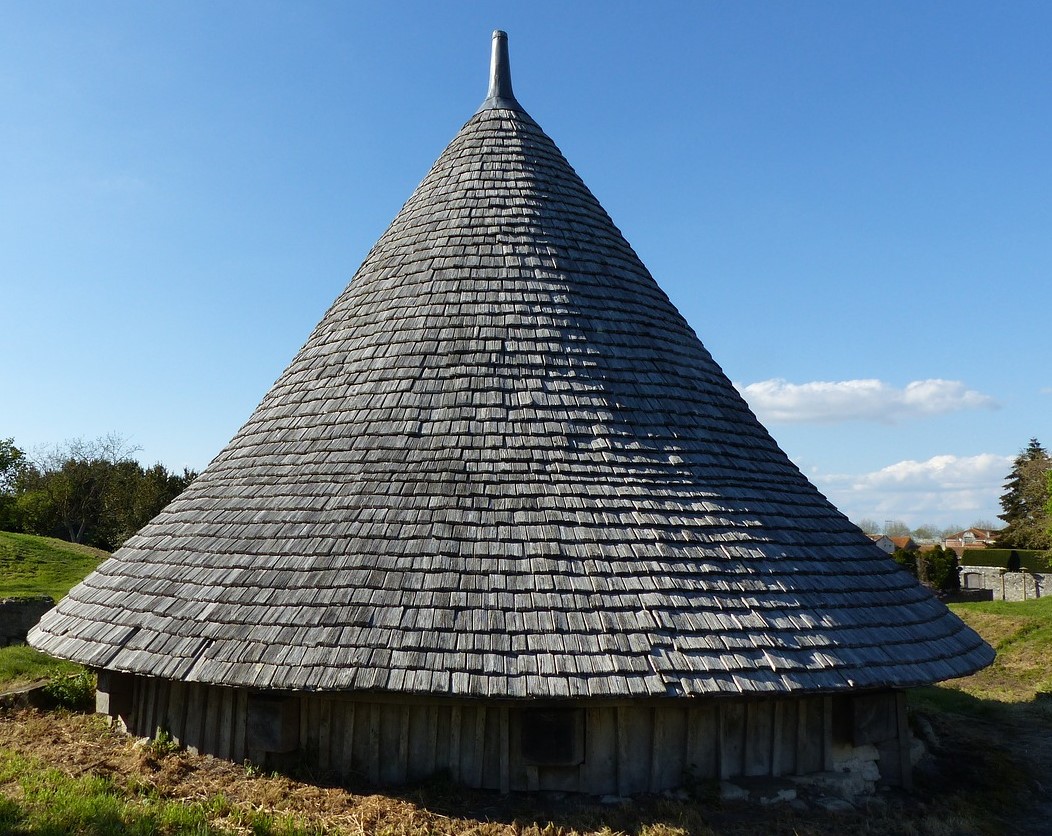
D
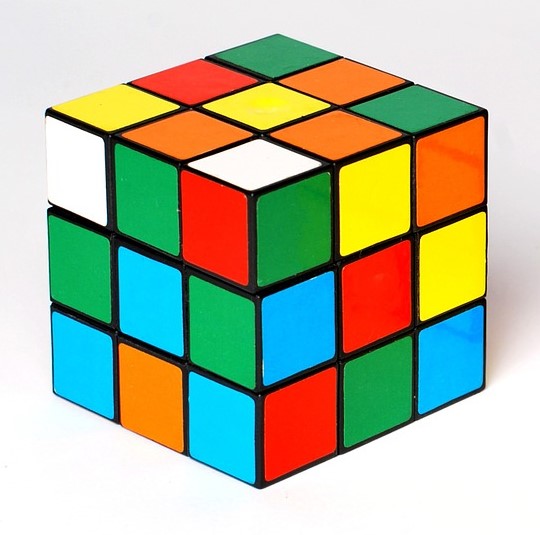
Student Response
For access, consult one of our IM Certified Partners.
Activity Synthesis
Ask each group to share one reason why a particular item does not belong. Record and display the responses for all to see. After each response, ask the class if they agree or disagree. Since there is no single correct answer to the question of which one does not belong, attend to students’ explanations and ensure the reasons given are correct.
During the discussion, ask students to explain the meaning of any terminology they use, such as round, corners, circular, or symmetric. Also, press students on unsubstantiated claims.
If the concept of complete rotational symmetry in three dimensions does not come up during the conversation, ask students to discuss this idea. Invite them envision a vertical axis of rotation, or a line around which things rotate in three dimensions, through the center of each object. The cylindrical block, and the conical hut can rotate through any number of degrees using this axis and look identical to the original orientation. The puzzle cube must rotate a multiple of 90 degrees in order to look identical to its original positioning. If it was stacked as a cylinder, the spring toy would have an axis of rotation with symmetry for any angle of rotation. As pictured, a circle could be rotated 180 degrees to trace out the shape of the spring, but not a full 360 degrees.
1.2: Axis of Rotation (10 minutes)
Activity
In this activity, students explore solids of rotation in a hands-on way. As students visualize the connection between two- and three-dimensional objects, they are thinking abstractly and quantitatively (MP2).
Devices that can run the GeoGebra applet are needed for the digital version of this activity. If students don’t have individual access, projecting the applet would be helpful during the synthesis.
Launch
Project the embedded applet for the class to see.
Ask students to look at the figures on the applet. What do they notice? What do they wonder?
Explain that the Surface command rotates a curve (algebraic or geometric) by an angle (a number or a slider) around a line (an axis or any other line).
Note that this command does not produce a solid, it just shows the shell (surface) of the object. This will be important in later lessons, since we won’t be able to find the volume of shapes created this way. As of this writing, there is no command to generate a true solid by rotation. Note also that the Rotate 3D Graphics tool is visible only after clicking on the 3D window of the applet.
Arrange students in groups of 3–4. Provide access to devices that can run the applet.
Assign or have students choose one of the figures in the applet.
Student Facing
Explore the figure you chose or were assigned in the applet, unchecking the other three boxes. Do not move the slider until after you answer the first question.
- Do not move the slider. Notice that the Surface command for each figure specifies which axis will be used to rotate the figures. What do you imagine the shape will look like when you rotate the figure using the slider? Describe any interesting features of the shape.
- Move the slider. Describe the solid that is traced out as you rotate the shape around its axis. Use the Rotate 3D Graphics tool to see the shape from other perspectives.

- Predict what solids will be formed by the shapes of other members of your group. Confirm by selecting those shapes and using the sliders to rotate the figures around the appropriate axis.
Student Response
For access, consult one of our IM Certified Partners.
Student Facing
Are you ready for more?
- Graph \(y=\text-x+3\) from \(x=1\) to \(x=3\).
- Sketch the solid of rotation generated by rotating this line using the \(y\)-axis as the axis of rotation.
- What figure is made?
- The object being rotated here is a line, not a two-dimensional object like in the lesson. How does this affect the result of the rotation?
Student Response
For access, consult one of our IM Certified Partners.
Launch
Arrange students in groups of 3–4. Distribute a different shape to each student in a group. Explain that they will tape an edge of their shape to a pencil, and then quickly roll the pencil between their fingers. The pencil is acting as an axis of rotation.
Consider using honeycomb paper decorations, such as the one in the images, to demonstrate this concept.




Student Facing
Your teacher will give you a shape. Tape 1 side of the shape to a pencil.
- Spin the pencil between your hands. What solid is traced out as you rotate the shape? Draw the solid.
- Predict what solids will be formed by the shapes of other members of your group. Confirm by asking them to rotate their shapes.
Student Response
For access, consult one of our IM Certified Partners.
Student Facing
Are you ready for more?
- Graph \(y=\text-x+3\) from \(x=1\) to \(x=3\).
- Sketch the solid of rotation generated by rotating this line using the \(y\)-axis as the axis of rotation.
- What figure is made?
- The object being rotated here is a line, not a two-dimensional object like in the lesson. How does this affect the result of the rotation?
Student Response
For access, consult one of our IM Certified Partners.
Activity Synthesis
Tell students that a solid formed by rotating a two-dimensional shape using an axis of rotation is called a solid of rotation.
It will be helpful for students to practice sketching some of these three-dimensional solids on paper. Demonstrate how to sketch a sphere, a cylinder, and a cone, and ask students to practice sketching a few of each solid.
For the cylinder, draw two ellipses, one above the other. Then draw two vertical line segments connecting the left and right sides of each ellipse. For the cone, draw one ellipse and a point above it. Draw line segments connecting this point to the left and right sides of the ellipse. For the sphere, draw a circle and then draw a narrow ellipse that goes across the circle and contains the center. To show more depth, consider using dotted lines for the parts of the drawings that would be obstructed from view if you were looking at the three-dimensional solid.



Supports accessibility for: Visual-spatial processing; Conceptual processing
1.3: From Three Dimensions to Two (15 minutes)
Activity
In this activity, students draw the two-dimensional figure that, when rotated using the given axis of rotation, would produce the given three-dimensional solid. Monitor for students who draw a silhouette of the entire figure rather than just one half of it to highlight during discussion.
Launch
Keep students in the same groups of 3 or 4. Form two teams, A and B, in each group by any method you choose. Tell students that using the applet from the last activity, students in Team A will choose one of the four figures, turn the others off, and change any points they want to make a new two-dimensional shape. They will use the slider to generate the three-dimensional shape, then hide all of the two-dimensional elements with the check box. Students in Team B will only be able to rotate the three-dimensional shape as they try to determine the two-dimensional shape that generated it. They will record their predictions on graph paper and verify accuracy when Team A students uncover the hidden two-dimensional aspects.
Supports accessibility for: Organization; Attention
Student Facing
Students in Team A:
Create a new three-dimensional figure using the applet.
- Choose one of the 4 figures by deselecting the other 3.
- Change the points of your selected figure to make a new shape.
- Use the slider to rotate the shape to create a three-dimensional figure.
- Hide the two-dimensional shape with the check box.
Students in Team B:
Try to determine the two-dimensional shape used to create the three-dimensional figure.
- Do not use the slider.
- Drag and rotate the three-dimensional figure to see it from multiple angles.
- Draw the axes and the two-dimensional shape that could be rotated to create the figure.
- Once you have a two-dimensional shape, show it to your partner.
Check the responses by showing the two-dimensional shape with the check box and using the slider. Switch roles with the other team and create a new shape.
Student Response
For access, consult one of our IM Certified Partners.
Launch
Supports accessibility for: Organization; Attention
Student Facing
Draw the two-dimensional shape that, when rotated using the given axis of rotation, produces each solid of rotation. Ignore any non-symmetric aspects of the solid.
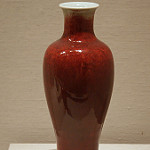

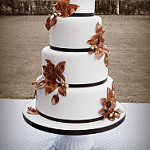

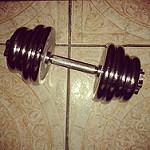

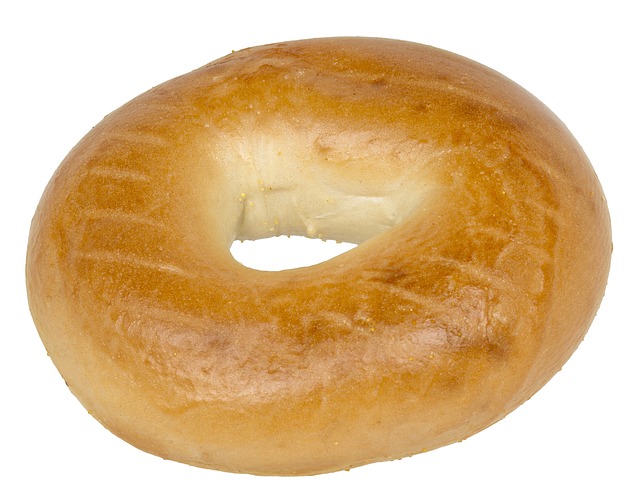

Student Response
For access, consult one of our IM Certified Partners.
Anticipated Misconceptions
If students are using the paper and pencil version of this activity, they may struggle to draw the figure for the doughnut because it is the only solid that does not make contact with the axis of rotation. They may visualize a horizontal cross section instead of a vertical one. Ask them where the axis of rotation would be (a vertical axis through the hole in the middle of the doughnut), then to imagine slicing the doughnut in half vertically.
Activity Synthesis
Ask students to share their responses and ask them to explain their reasoning. If possible, display responses that show a whole silhouette next to those that show half the silhouette. Here are some questions for discussion:
- “Which figures were easiest to draw? Which were the most difficult?” (Sample response: The barbell was difficult because the axis wasn’t horizontal or vertical.)
- “What would be the difference between rotating a two-dimensional figure that outlined the whole figure, and rotating one that outlines just half the figure?” (The half outline would need to be rotated by 360 degrees to trace out the whole solid, whereas the whole silhouette could be rotated by just 180 degrees to trace out the whole solid.)
- “Is there any two-dimensional figure that you could spin to create a rectangular prism? If so, what would it look like? If not, why not?” (There is no such figure. When a two-dimensional figure spins, it traces out circles. It can’t create a solid with a corner.)
Design Principle(s): Support sense-making
Lesson Synthesis
Lesson Synthesis
In this lesson, students made solids of rotation, and identified two-dimensional figures that create particular solids when rotated using a given axis of rotation. Here are some questions for discussion:
- “What is the difference between a rotation in two dimensions and a rotation in three dimensions?” (In two dimensions, points rotate in a circle around a central point. In three dimensions, points rotate in a circle around an axis in a plane perpendicular to the axis.)
- “Where do you see solids of rotation in the world?” (Sample response: The axle of a car is the axis of rotation for the tires. Earth spins on an axis of rotation. Wet clay spins on a board in pottery making. Basketballs spin around an axis as they travel towards the hoop.)
To help students consider the effects of the axis of rotation, display these images for all to see. Ask students to sketch and describe the different solids that would result from rotating the same two-dimensional figure using each of the given axes of rotation.



1.4: Cool-down - Telescope (5 minutes)
Cool-Down
For access, consult one of our IM Certified Partners.
Student Lesson Summary
Student Facing
Take a coin and spin it on its edge. Give it good speed and make sure it stays vertical. What shape do you see? When you spin the coin, you should see a sphere.

This triangular flag is made of metal. What shape will you see if the pole is spun quickly?

When the flag rotates with the pole, you should see a cone.

In both pictures, the object spins around a line called the axis of rotation, and the solid created is called the solid of rotation. If you were to spin the flag using a different axis of rotation, you would see a different solid of rotation. This is what it looks like when the flag is rotated using a different axis of rotation.

A machine called a lathe cuts away at a rotating block of material. For example, a lathe could be used to make a decorative sculpture shaped like the figure on the right from a block of wood. The image on the left shows the cross-sectional shape that would remain after the lathe carved away part of the spinning block of wood. If we rotate this two-dimensional shape using the vertical axis shown, it produces the sculpture shape.
